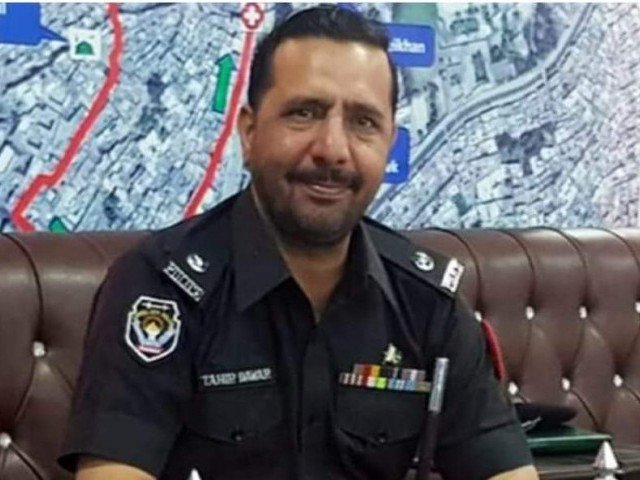It is almost one month since the kidnapping and subsequent murder of SP Tahir Dawar, and yet are yet to understand what really happened and why. According to former senator and PPP intellectual, Farhatullah Babar, this case has “raised some serious questions” that the Pakistani state “must answer.”
According to Babar, “The official response from the day Dawar was kidnapped on October 26 till his body was found across the border defies comprehension. It ranged from callous indifference to outright lies to political gimmickry.” There are “some two dozen intelligence agencies working separately under civil and military command structures. Under the National Action Plan (NAP) they are also supposed to work together under the same roof in the National Counter Terrorism Authority (NACTA) headed by the prime minister. It should have been possible for them to point out the existence of some foreign hand instead of waiting until the body was found. The reaction of Islamabad police was no different from its reaction to such disappearances and as if investigations were doomed to fail.”
Babar also refers to what he calls “downright comical lies. Talking to the VOA, Prime Minister’s Special Assistant Iftikhar Durrani not only flatly denied any kidnapping but even insisted that SP Dawar was already in Peshawar. When a bewildered anchor expressed surprise that this had not been reported anywhere, Durrani literally ridiculed her. He snubbed her that while sitting in Washington she believed she knew better than him. His confidence was so overpowering that it forced the anchor to retreat into silence.”
Further, when reports of the body found in Afghanistan started circulating on social media, “the official reaction was bizarre. It is photoshop, said one federal minister. The state minister for interior surpassed all; it is a matter of national security and I will not talk about it, he said. Taking the same plea, the information minister also refused to comment. None realized the implications of their words. Citing ‘national security’ implied that Dawar had been detained by security agencies for reasons of national security. Who told the ministers that his disappearance was a matter of national security? Words that once escape the lips cannot be easily recalled. Both ministers will rue their words. Their irresponsible national security mantra will have to be explained.”
Finally, when the body was finally found and brought back to Pakistan, “the policy statement bordered on ridiculous. The minister of state for interior stated on the floor of the House that the agencies failed to detect the movements of the kidnappers because none of the 1,800 security cameras installed in Islamabad had the capability to read number plates or recognize faces of commuters in the vehicles. He called for probing corruption in the purchase of security cameras as a way forward.”
According to Babar, “The perpetrators of the crime have demonstrated frightening capabilities. Besides capabilities of surveillance, kidnapping, holding the victim for almost two weeks, they had the capability to transport the victim, or his body, from Islamabad all the way into Afghanistan, crossing the Punjab, KP, tribal areas and the Pak-Afghan border. None of the scores of security check posts manned by police, paramilitary, Frontier Constabulary, Frontier Corps and the army personnel detected anything.”
Babar ends by stating: “An answer to the question ‘Who killed Dawar in Afghanistan?’ will not be found unless the question who kidnapped him in Islamabad and kept him for days is credibly answered.”
![]()





